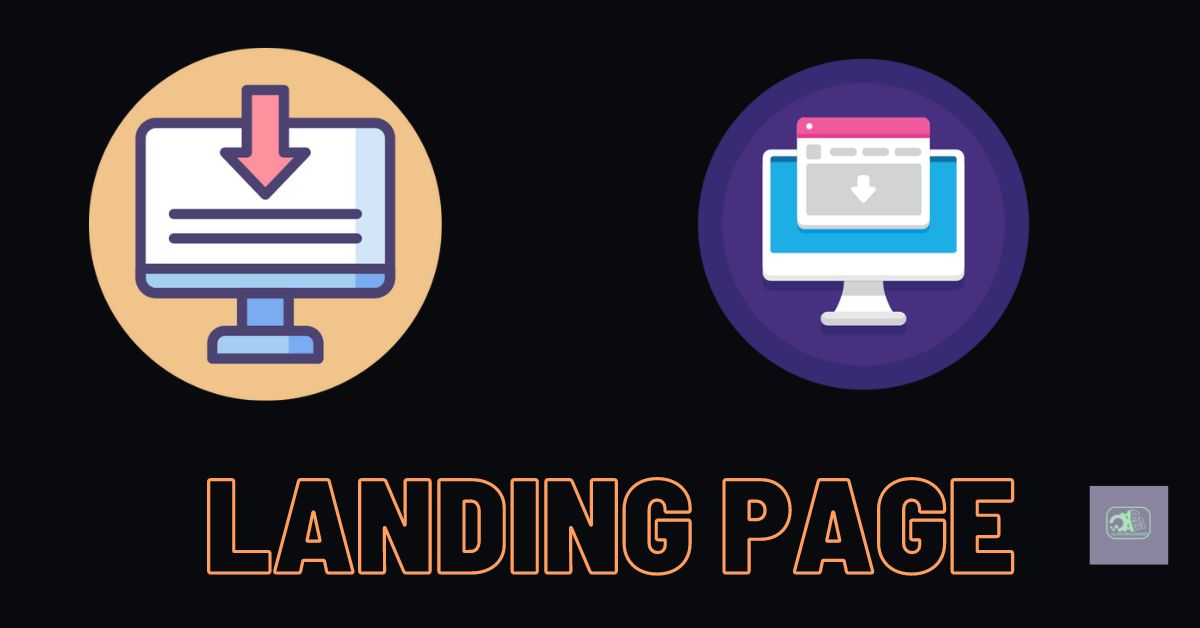In today’s digital landscape, a well-crafted landing page is a cornerstone of successful online marketing. If you’re aiming to capture leads, boost sales, or drive specific actions, mastering the art of creating irresistible landing pages is essential. In this guide, we’ll explore the definition, delve into best practices, provide valuable insights, and address frequently asked questions to help you build landing pages that truly convert.
Definition of Landing Pages
Landing pages are focused web pages designed to captivate visitors and guide them towards a specific action, whether it’s signing up for a newsletter, downloading an e-book, making a purchase, or more. They serve as a digital storefront, delivering a targeted message and driving visitors toward your desired outcome.
Best Practices for Creating High-Converting Landing Pages
Creating landing pages that not only attract attention but also prompt action requires a strategic approach. Here are the best practices to follow:
1. A clear and Compelling Headline
Your headline should succinctly communicate your value proposition, addressing visitors’ pain points or desires.
2. Engaging Visuals
Incorporate high-quality images or videos that visually represent your offer and resonate with your target audience.
3. Concise and Persuasive Copy
Craft compelling copy that highlights the benefits of your offer and addresses visitor needs, using concise language and persuasive techniques.
4. Strategic Call to Action (CTA)
Place a prominently visible CTA that clearly instructs visitors on what action to take. Use action-oriented language and make it stand out.
5. Social Proof and Trust Signals
Incorporate testimonials, reviews, case studies, or badges to establish credibility and build trust with visitors.
6. Mobile Responsiveness
Optimize your landing page for mobile devices to ensure a seamless experience across different screen sizes.
7. Minimalist Design
Keep the design clean, uncluttered, and aligned with your brand. Use whitespace to guide focus and avoid distractions.
8. Scarcity and Urgency
Create a sense of urgency or scarcity to encourage immediate action, such as limited-time offers or limited availability.
9. A/B Testing
Continuously test different elements of your landing page to optimize for higher conversions. Experiment with headlines, visuals, CTAs, and more.
10. Loading Speed
Optimize page loading speed to prevent user frustration and improve overall user experience.
Conclusion
Crafting effective landing pages is both an art and a science. By implementing the best practices outlined in this guide, you can create landing pages that captivate, persuade, and drive meaningful actions from your visitors. Remember, continuous improvement through testing and optimization is key to achieving optimal results.
FAQs About Landing Pages
Q1: Are landing pages the same as homepages? A: No, landing pages are separate from homepages. They are designed with a specific purpose and goal in mind, whereas homepages serve as a general introduction to a website.
Q2: How many CTAs should I have on a landing page? A: It’s best to have one primary CTA that aligns with your main goal. Additional secondary CTAs can be included if they support the primary goal without causing confusion.
Q3: What’s the ideal length for a landing page? A: The length of a landing page should be determined by the amount of content needed to effectively communicate your message and benefits. However, keeping it concise and scannable is generally recommended.
Q4: Can I use the same landing page for different offers? A: While it’s possible, creating tailored landing pages for each offer typically yields better results. A dedicated landing page can focus on the unique benefits of each offer.


My partner and I stumbled over here different website and thought I might as well check things out. I like what I see so now I’m following you. Look forward to checking out your web page repeatedly.
Thank you for the nice words